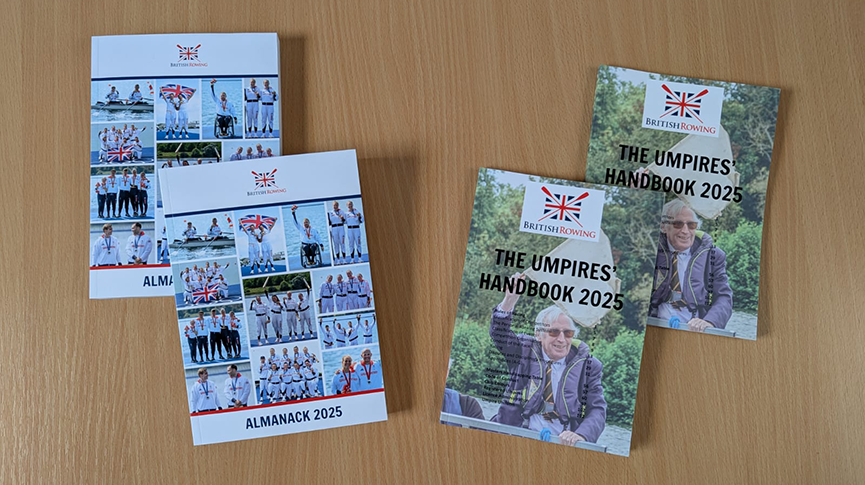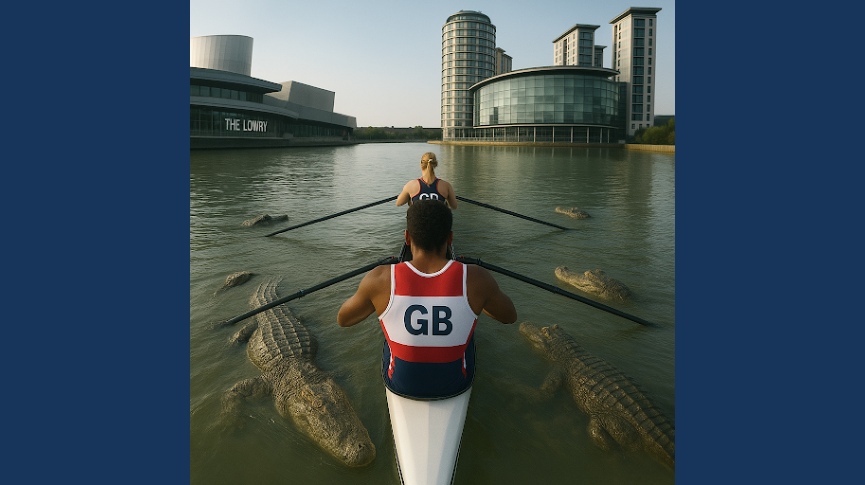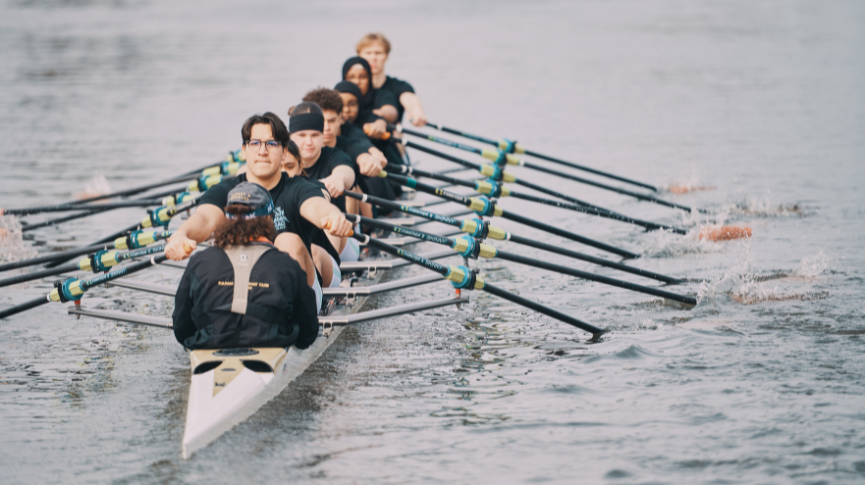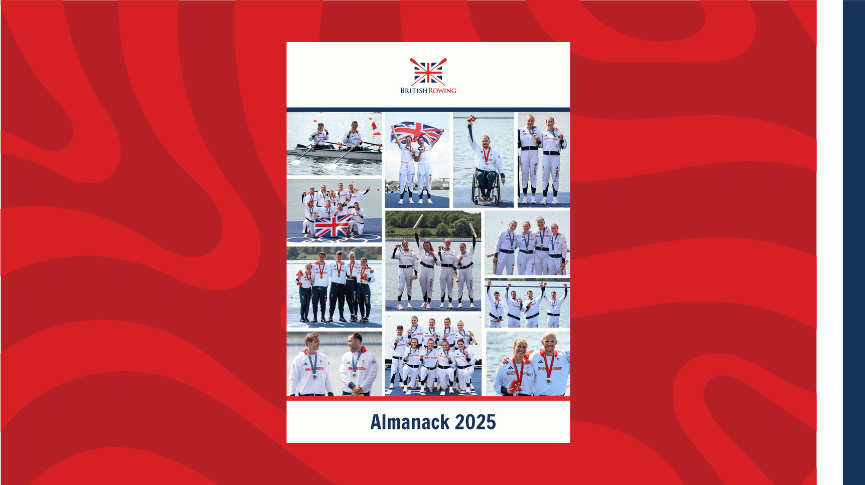Olympic champion Phelan Hill on what you need to know to be a great cox
Phelan Hill coxed the GB men’s eight to Olympic gold at Rio 2016 and bronze at London 2012. He outlines below what makes a standout cox
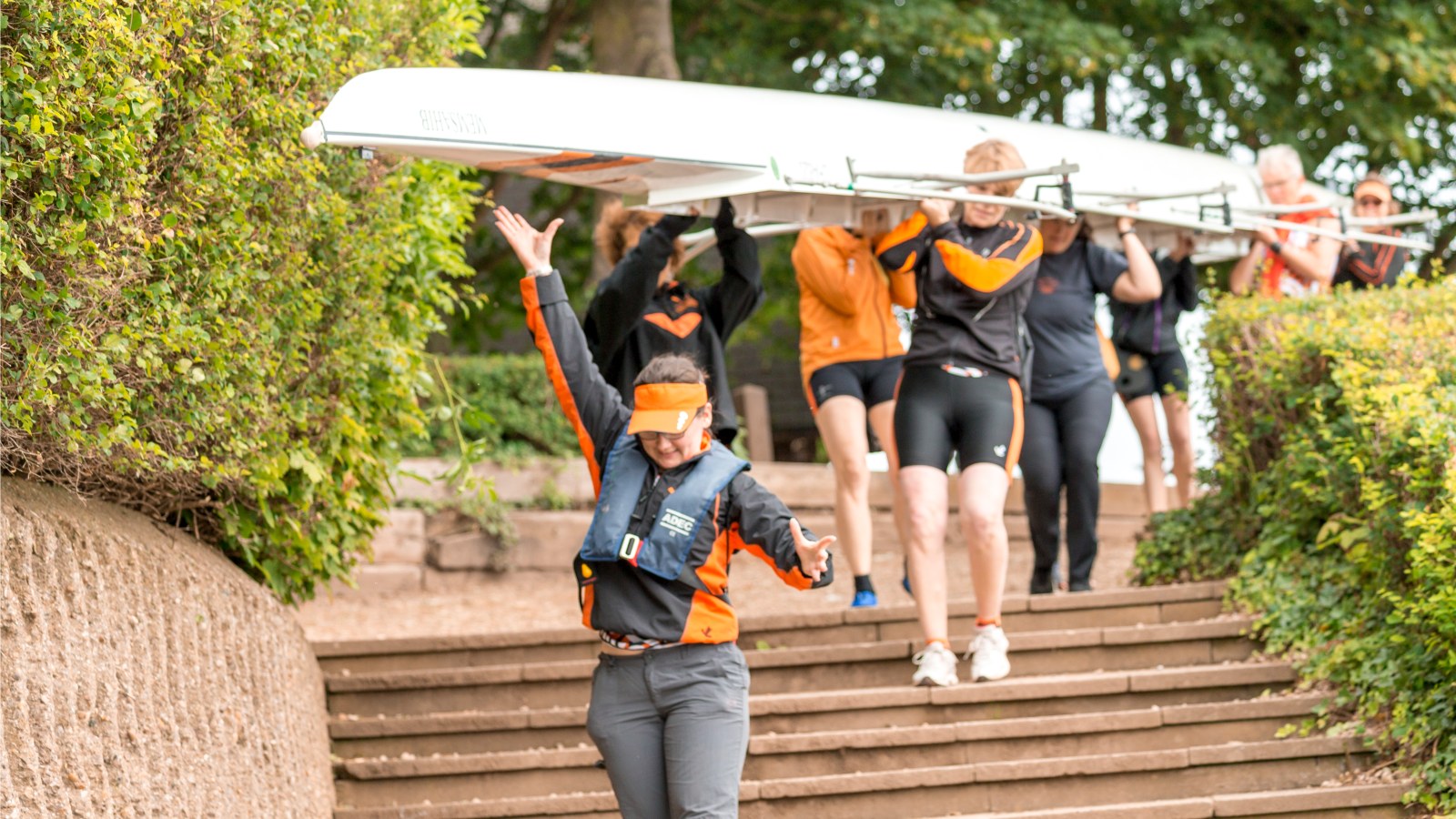
Leading the way at the British Rowing Masters Championships (c) Drew Smith
One of the most important questions that is often asked is: what is the role of a cox and what makes a good one?
A cox is responsible for four main areas:
1. Crew and boat safety
Safety is one of the most important aspects of a cox’s job; put simply a lack of care whilst coxing can put people’s lives in danger.
Your primary goal should be to avoid accidents at all costs.
Keep control of your crew and don’t bow to pressure from rowers, for example if it’s foggy and you don’t feel safe about going out then say so. Don’t go out blindly and risk injury and damage to your boat. It is your responsibility to know the rules of the river and the environment around you.
The environment: you will probably learn to boat in one location – ie at your own club or school – so be sure to take the time to familiarise yourself with the process when boating somewhere new.
If in doubt, do not be afraid to ask somebody who knows. Still-water boating is fairly straightforward, but if you are on a stretch of river with a stream such as the Tideway in London, the general rule is to boat and land with your bow pointed against the current.
When it comes to racing at events, knowing your environment becomes even more important because you will be boating potentially in crowds and under time pressure.
Preparation is the key. On arrival, make a note of wind and water conditions and if there is a stream, then what direction is it travelling? On tidal waters which way is the stream travelling, when does the tide turn?
Make sure you know about boating and racking, traffic rules and finally any potential hazards on the water.
2. In-boat coach and race tactician
As cox, you are also coach in the boat which means understanding what good rowing technique is. Listen carefully to your coach during training sessions so that you know the faults that he or she is looking to correct.
When you are coaching, phrase your comments in a positive way, giving appropriate encouragement without lying and in line with what your coach is looking to correct to ensure continuity in the boat.
Your primary goal should be to avoid accidents at all costs
3. Looking after your boat and maintenance
I firmly believe the cox should be in charge of the boat from the time it leaves the rack until it returns to the rack. Commands to the crew should be clear, sharp and confident. Rowers do not respond well to a hesitant cox, so be decisive!
Coxes should be prepared to help with boat maintenance which includes cleaning the boat, checking the oars (inboard lengths, collars, strength of the oar shaft) and checking the boat (rigger bolts secured tightly, slides are clean, heel restraints are in place). A more experienced coxswain may also be responsible for the set-up of the boat (rigger height, span).
New to coxing?
If you've just started coxing, or are thinking about doing it, then it's worth checking out our courses. You can find out more here.
4. Basic steering
One of the most important jobs of any cox is steering. As a general rule a coxswain should look to steer as straight a line as possible.
Of course this is not always possible especially on rivers, but it is the job of the cox to keep steering to a minimum.
Steering is important because the more a cox steers, the more likely it is that their crew will travel further than is required. It will cause the boat to slow down by increasing the drag on the hull. The increase in drag occurs because of an increase in the water pressure on the boat when the boat is turning.
When steering you should be aware that rowing boats do not instantaneously change course when turned – there is a transition period, the length of which depends on the size of the boat.
Bear in mind that differences in the speed and length of the boat will affect the timing of your steering and also the amount of space needed to make a turn.
As a general rule smaller boats will have a greater delicacy with balance, so keeping your body still and using the rudder as gently as possible is all the more important.
Longer boats take more time to turn and the arc of the turn will be different. But you will find these boats more forgiving when the rudder is used.
One of the worst offences a cox can make is allowing the boat to drift, or be pushed off course.
A good cox should be able to anticipate outside forces, such as cross winds, and use steering to negate any effects.
Finally, I hope this gives you an idea of the key attributes and responsibilities of a cox. If you can demonstrate all these skills then you’re on your way to becoming a great cox!
This article first appeared in Rowing & Regatta magazine – find out more here. Look out for more great coxing tips soon!



